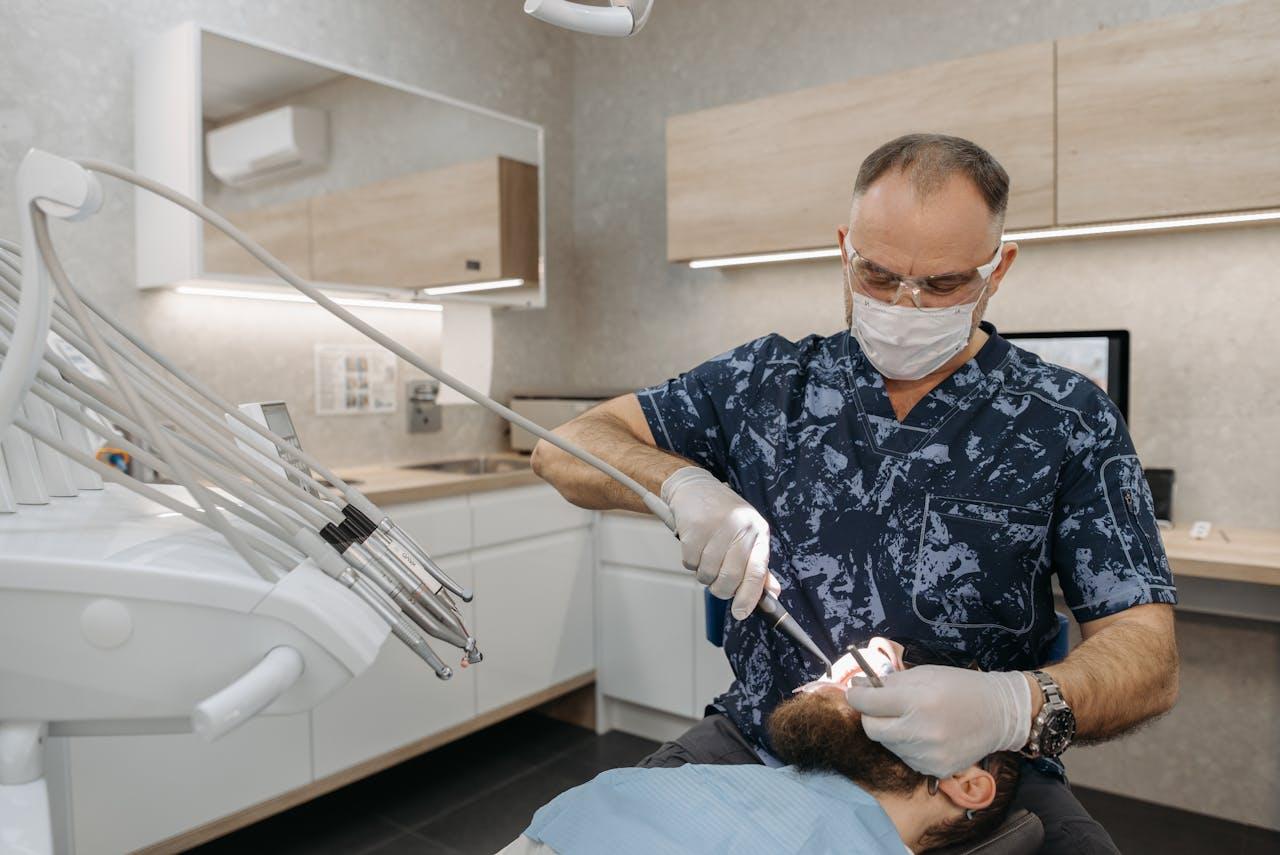A healthy smile doesn’t happen by chance—it’s built step-by-step, starting when your child gets their very first tooth. But with so many dental care providers—like a general dentist, a pediatric dentist, and an orthodontist—you might wonder when your child should see each one and why.
This guide will walk you through the full dental journey your child should take as they grow. By understanding the timeline and what each dental expert does, you can help your child enjoy strong, straight teeth and a confident smile from babyhood to the teenage years and beyond.
Step 1: The First Visit to a Pediatric Dentist (Age 1)
As soon as your child’s first tooth comes in—or by their first birthday—it’s time to see a pediatric dentist. This type of dentist specializes in children’s teeth. Their offices are made to be fun, gentle, and welcoming for kids.
At these early visits, your pediatric dentist will:
- Check for tooth decay
- Teach your child how to brush properly
- Give advice about thumb-sucking or pacifier use
- Monitor jaw and bite development
Starting early helps your child get used to the dentist and feel safe. It also lets the dentist catch small issues before they grow into bigger problems.
Step 2: Regular Dental Checkups (Every 6 Months)
After the first visit, your child should visit their dentist every six months for cleanings and checkups. Some families continue with a pediatric dentist until their child is older, while others switch to a general dentist during the pre-teen years.
These regular visits help:
- Remove plaque and tartar
- Catch cavities early
- Keep gums healthy
- Encourage good brushing habits
Your child’s dentist is also a partner in spotting when your child may need to see an orthodontist for alignment or bite issues.
Step 3: Orthodontist Evaluation (Around Age 7)
Around age 7, your child should see an orthodontist for an evaluation—even if their teeth look straight. Why? Because adult teeth are starting to come in, and this is the perfect time to see how the teeth and jaw are developing.
An orthodontist checks for:
- Crowded teeth
- Gaps between teeth
- Overbite, underbite, or crossbite
- Jaw growth problems
Even if no treatment is needed right away, the orthodontist may recommend checkups every year to monitor growth.
Step 4: Possible Early Orthodontic Treatment (Ages 7–10)
Some kids benefit from early orthodontic treatment. This could involve using small devices to guide the jaw or create space for growing teeth. These treatments are gentle and done while the jaw is still flexible.
Starting early may:
- Make future treatments faster
- Prevent more serious issues
- Guide adult teeth into better positions
Your child’s pediatric dentist and orthodontist will work together to create the best plan.
Step 5: Braces or Invisalign in the Tween and Teen Years (Ages 10–15)
The most common time to get braces or Invisalign is between ages 10 to 15. By now, most or all adult teeth are in, and the jaw is close to full growth.
Braces and Invisalign help straighten teeth, fix bite problems, and improve appearance. Your child’s orthodontist will recommend the best choice based on their needs.
- Braces use metal or ceramic brackets with wires to guide teeth.
- Invisalign uses clear aligners that are removable and nearly invisible.
Whichever option is chosen, the dentist will still be part of the care team. They will help keep teeth clean and healthy during orthodontic treatment.
Step 6: Retainers and Smile Maintenance (Ages 15+)
After braces or Invisalign, your child will likely wear a retainer. This small device holds the teeth in place so they don’t move back.
Teens and young adults should continue to:
- Wear retainers as directed
- Brush and floss daily
- Visit the dentist every 6 months
The goal is to keep that beautiful smile healthy for life!
Why Each Dental Expert Matters
Let’s quickly go over what each specialist does:
- Pediatric Dentist: Focuses on children’s dental health from baby teeth to early teens. Makes dental visits fun and stress-free.
- Dentist: Offers general dental care like cleanings, exams, and fillings. Works with patients of all ages.
- Orthodontist: Helps align teeth and fix bite problems using tools like braces or Invisalign.
All three professionals work together to guide your child’s dental development. It’s like a team of smile experts who each do their part.
Signs It’s Time to See an Orthodontist
Sometimes you’ll know it’s time to see an orthodontist, and other times your dentist or pediatric dentist will recommend it.
Watch for signs like:
- Early or late loss of baby teeth
- Difficulty chewing
- Teeth that don’t line up when the mouth is closed
- Crowded or crooked teeth
Even if you’re unsure, it’s better to have an orthodontist take a quick look. They may just say, “Everything looks good—let’s check again next year.”
A Smile That Grows with Your Child
Your child’s dental care isn’t one quick visit—it’s a journey. Each step builds on the last, from that very first visit to the pediatric dentist, to regular cleanings with the dentist, to advanced smile shaping by the orthodontist.
By following the right timeline and seeing the right experts at the right age, you give your child the gift of a healthy, confident smile.
Final Thoughts: Teamwork Makes a Great Smile
A strong, happy smile takes a team—and it starts with you. By bringing your child to the right dental visits on time, you set the foundation for lifelong oral health.
- Start with a pediatric dentist by age 1
- Keep up with regular cleanings at the dentist
- Visit the orthodontist around age 7
- Follow through with care like braces or Invisalign when needed
At every stage, these caring professionals help your child grow into their best, brightest smile.
